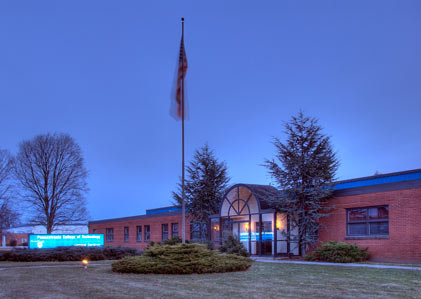The Benefits of Technical Education
The value of the average bachelor’s degree might be overstated. Between 1980 and 2021, the cost of four-year tuition roughly tripled (Brookings 2023), with the annual cost of a four-year program ranging from $10,940 per year to $39,400 per year—not including room, board, textbooks, and transportation (Franklin University 2022). Meanwhile, in 2022, more than half of recent college graduates were underemployed one year after graduation, with “underemployed” defined as working in a job that typically doesn’t require a bachelor’s degree (Fordham 2024).
Bachelor’s degrees are certainly the right option for some people—but they are not right for all. With the cost of student debt rising, and AI and automation changing what the future workforce needs, four-year degrees are not the only pathway to labor market success. Technical education offers a more predictable alternative. Notably, during Covid-19, when many occupations went on hold, many skilled tradespeople, including HVAC professionals, continued to work.
“Many of the professional trades, such as HVAC, will always be needed for a variety of reasons,” Sullivan says. “During the pandemic, HVAC technicians were asked to install ventilation equipment to help remove airborne viruses and prevent the spread of disease. I have promoted my craft as ‘a technician of comfort.’ HVAC professionals make the air cleaner, dryer, cooler, and warmer.”
While technical education is sharply focused on teaching students a particular and vital trade, the curricula of technical schools and the careers they lead to are not siloed off from breadth education. HVAC professionals, for example, need marketing skills, accounting skills, entrepreneurship skills—and all the soft skills that go with those, too.
“In the HVAC industry, many hours are spent identifying mechanical problems, and the service technician is required to find solutions,” Sullivan says. “A soft skills course for first-year students is essential to teach the necessary skills needed to communicate with residential and commercial customers. It is important for technicians to communicate effectively with customers when discussing the procedures and costs to remedy the problem, so the customer feels comfortable and confident with their choice of repair company.”




